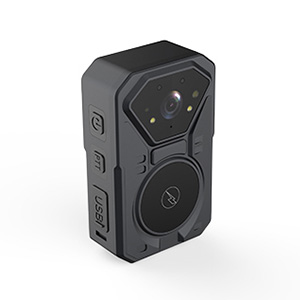
# Police Bodycams: Enhancing Transparency and Accountability
## The Rise of Body-Worn Cameras in Law Enforcement
In recent years, police bodycams have become an increasingly common tool in law enforcement agencies worldwide. These small, wearable cameras are typically attached to an officer’s uniform and record both audio and video during interactions with the public. The adoption of this technology represents a significant shift in policing practices, aiming to create a more transparent and accountable system.
## How Bodycams Improve Police Work
Body-worn cameras serve multiple purposes in modern policing:
– Evidence Collection: They provide objective documentation of incidents, which can be crucial for investigations and court proceedings.
– Behavior Modification: Studies suggest both officers and civilians tend to behave more appropriately when they know they’re being recorded.
– Training Tool: Recorded footage can be used to review and improve police tactics and procedures.
– Conflict Resolution: Video evidence often helps resolve disputes about what occurred during police-citizen interactions.
## Addressing Privacy Concerns
While bodycams offer numerous benefits, they also raise important privacy considerations:
– Recording in private residences
– Capturing sensitive situations involving victims or minors
– Data storage and access policies
– Public disclosure requirements
Law enforcement agencies must balance transparency needs with individual privacy rights, often developing detailed policies about when cameras should be activated and how footage is managed.
## The Impact on Community Relations
The implementation of bodycams has shown potential to improve police-community relations:
– Increased public trust in law enforcement
– Greater accountability for officer actions
– Reduced complaints against police officers
– More objective documentation of encounters
However, the technology is not a panacea and must be part of broader reforms to truly transform policing practices.
## Future Developments in Bodycam Technology
Emerging technologies are expanding the capabilities of police bodycams:
– Facial recognition integration (controversial)
– Automatic activation based on certain triggers
– Live streaming capabilities
– Improved battery life and storage capacity
– AI-assisted video analysis
As these technologies evolve, ongoing public discussion about their appropriate use will be essential to ensure they serve the public good without infringing on civil liberties.
## Conclusion
Keyword: bodycams
Police bodycams represent a significant step toward greater transparency in law enforcement. While not without challenges, when implemented with proper policies and oversight, they can serve as valuable tools for both officers and the communities they serve. The continued evolution of this technology will require careful consideration to maximize benefits while minimizing potential drawbacks.